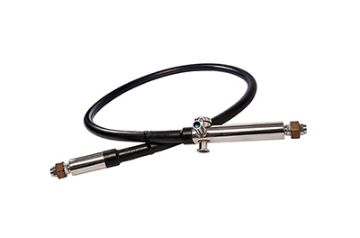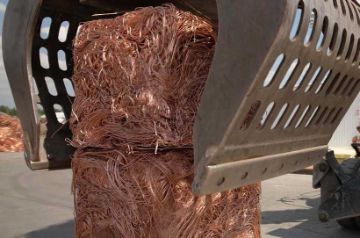- Markets
- Products
- Services
- Newsroom
- Tools & Resources
- About Nexans
- Search
- Contact us
- Compare
- Sign in
Making aerospace cabling lighter is more critical than ever

Making aerospace cabling lighter is more critical than ever.
This is in part because reduced weight reduces the use of fossil fuels or electrical power, and also because lower aircraft weight means additional passengers and baggage. Airlines need to meet more stringent environmental requirements and remain profitable in an increasingly challenging market.
Nexans is using knowledge of materials, wrapping and injection technologies, and manufacturing processes to create products that comply with all current standards and offer the same characteristics as proven products, but at a lower weight. In fact, these cables will also qualify for future standards. For instance, by using Nexans’s cable in aircraft to support 230 volts, cabling weight can be reduced by as much as by 15%. That all adds up to saving tonnes of fuel each year.
Lower weight is also important because more aerospace applications require cabling, but the total weight needs to stay the same. Also, increased cabling is used inside planes to exchange information between a growing number of devices. As data and communication become more important, so does cabling redundancy!
The challenge for Nexans is to work with thinner, lighter materials which offer greater efficiency and better performance than competitors’ offerings. In addition to the materials usage, the manufacturing process is vital to realizing this. Increasing density of cabling and connectors and the need for new types of cabling further add to the complexity. However, if manufacturers decide to develop a new connection standard overnight, we will definitely be ready.
Airlines are interested in saving fuel by reducing weight, and at the same time they want to be able to add more passengers without compromising on comfort and offering them a wider range of entertainment options. Until recently, there would be an average 1km of power and communications cabling on board per passenger. The growing need for in-flight communications and entertainment, and electrification solutions, should increase this figure by as much as 20-25%. If the weight of cabling isn’t reduced, such an increase would be dramatic for fuel consumption and the environment.
Our websites
Select your country to find our products and solutions
-
Africa
- Africa
- Ghana
- Ivory Coast
- Morocco
- North West Africa
- Americas
- Asia
- Europe
- Oceania







